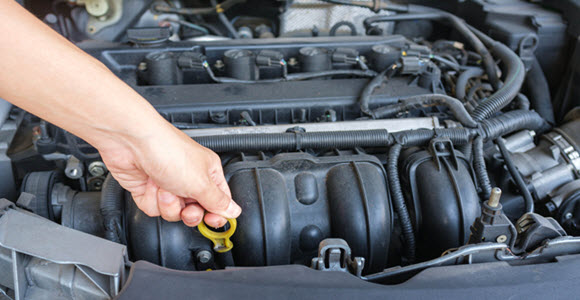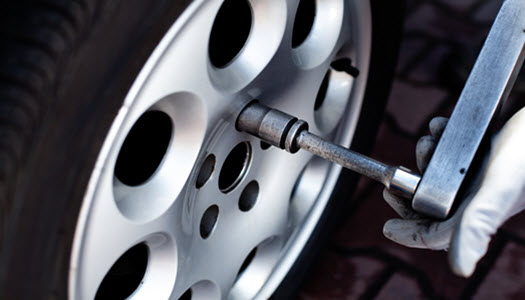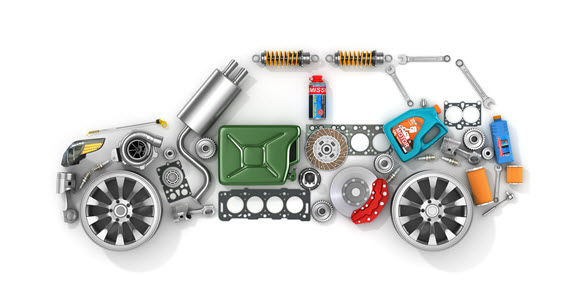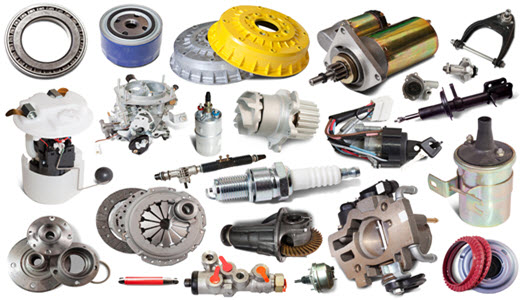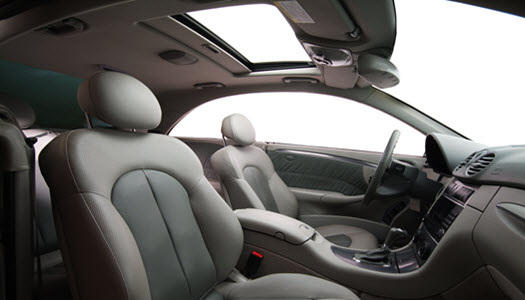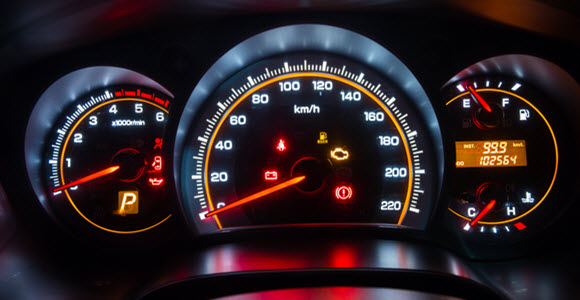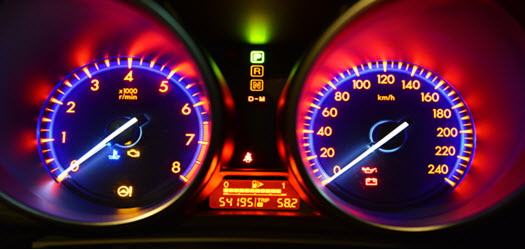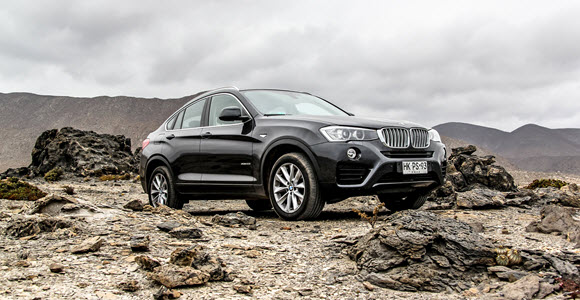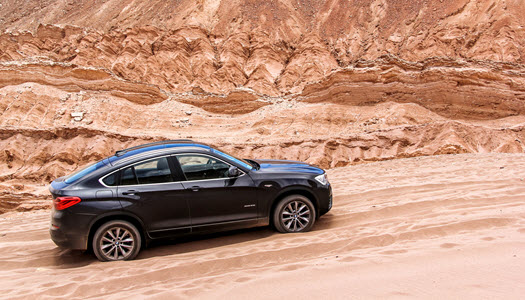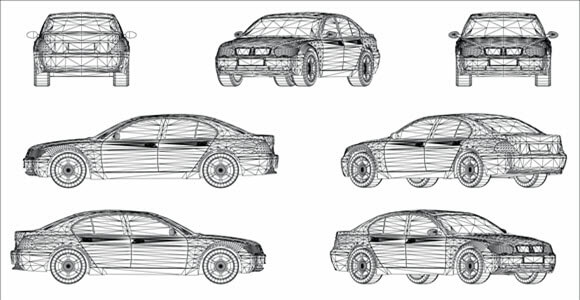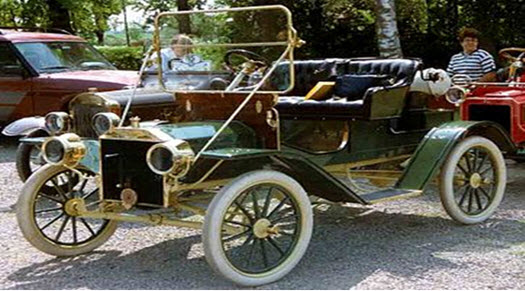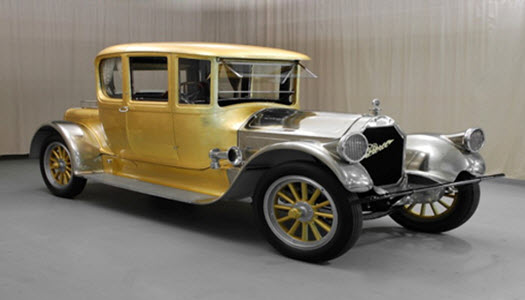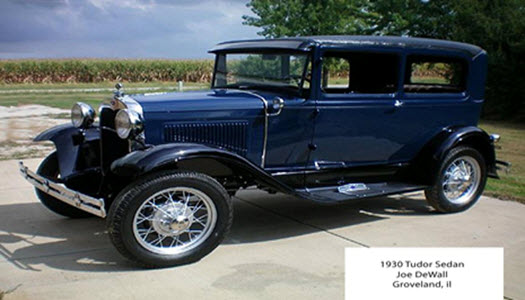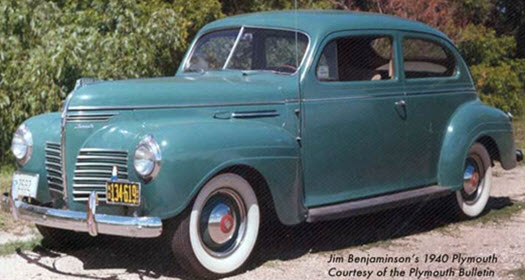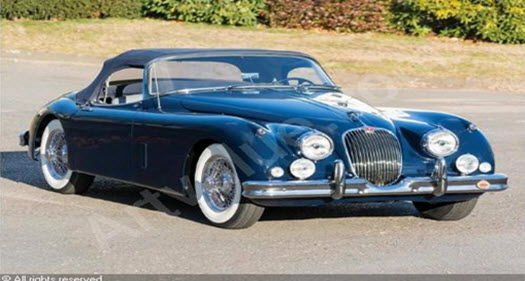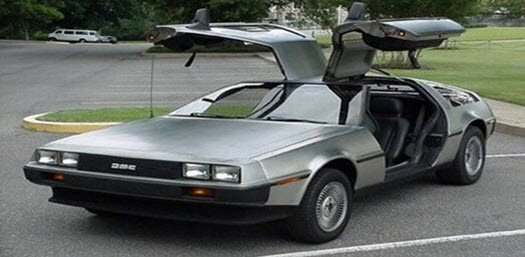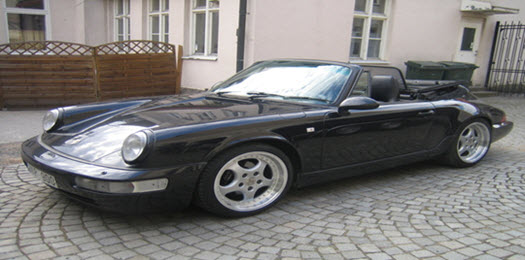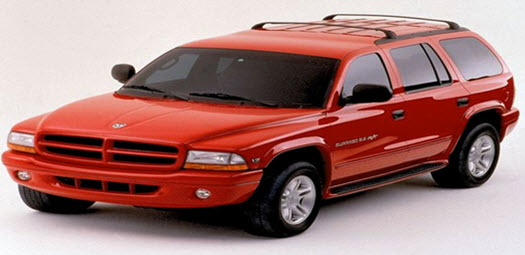10 Preventive Maintenance Suggestions for Your Car
Posted on | 11 Apr 2017 By Anita Gaal
When money is tight, preventive maintenance for your car is probably the last thing on your mind. However, the idea behind continually maintaining your vehicle is that it will save you money in the love run. By monitoring your vehicles needs based on your own individual driving schedule and habits, you can prevent serious wear and tear from occurring to your car. Beyond the interest of saving money, it is also possible that you are a car enthusiast who loves your vehicle like a mother loves a child; you would do anything to keep it from harm. Preventive maintenance is good to practice when you own a vehicle for countless reasons; the most important being saving time and money on more expensive repairs that could have been prevented by routine maintenance. All vehicles follow a different maintenance schedule depending on the manufacturer’s recommendations, but there are at least 10 general maintenance suggestions that will help your car stay in tip-top shape. After all, you never know when you’ll need to leave town unexpectedly, or when you’ll be taking a long drive. In either case, leaving your car sitting in your driveway could cause problems, but issues could also occur along the course of a long drive—the difference will be noticeable when you follow these 10 suggestions.
Routine oil and oil filter change
Firstly, stay on top of oil and oil filter changes; oil is the lifeblood of your vehicle—it keeps all the moving parts greased up and running properly. When the oil and/or oil filter in your car is not clean, fine particles of dust and dirt begin to grind between the other moving parts of your car’s engine, causing wear and difficulty for the car to run smoothly. Another item that must be inspected and replaced routinely is your air filter; for the same reason, your air filter is meant to keep unwanted, damaging particles out of your engine and the moving parts. A good rule of thumb is to have your air filter checked each time you get your oil changed—about every 3 months or so, depending on how often and how long of a distance you drive your car regularly. Additionally, keep all the fluids in your car topped off—these could also be checked and filled when you take your car in for a routine oil change.
Take care of your tires
Checking your tire pressure is highly underestimated; it is essential to be sure that all 4 tires are running on the same pressure—if not, it can cause an uneven tread in your tires causing them to need to be replaced sooner than generally necessary. Furthermore, when there is a clear issue with uneven wear on your tires, it may be an opportunity for you to investigate the cause of the unevenness—it could be due to an issue with the suspension, and the earlier you catch such an issue the better, because you could prevent further harm to take place to other parts of your car. Also regarding the tires, they should be rotated every so often, particularly before a long drive; this will help you get the longest life out of those expensive tires.
Follow the manufacturer maintenance schedule
As mentioned before, every car has its own maintenance schedule as recommended by the manufacturer; it is always best to follow the maintenance schedule on your vehicle to ensure that you are following the suggested guidelines. Some of these services may include checking the battery life and terminals to make sure the power remains intact and sufficient for years to come. In addition to scheduled services and checking the battery every so often, it is also important to check the functioning of your headlights and brake lights regularly. Not only is this safer for driving in the dark and it can prevent car accidents, but it will save you money in the long run; fix-it tickets are totally avoidable.
Do regular car washes and waxes
Another preventive maintenance that is often overlooked is regular car washes and waxes; this keeps the paint on your car shiny and polished—not only does it look fabulous, but in the future, if you ever decide to sell your car, it will make the car look brand new and hardly used. Taking pride in one’s vehicle is always evident in the paint. Lastly, you should always monitor your gas mileage. When there is a huge dip in fuel economy, this can be a big indicator that something is wrong with the engine. Following most of these 10 suggestions will not only ensure better gas mileage, but it will maintain the value to your vehicle, and extend the life of your vehicle for years to come.





